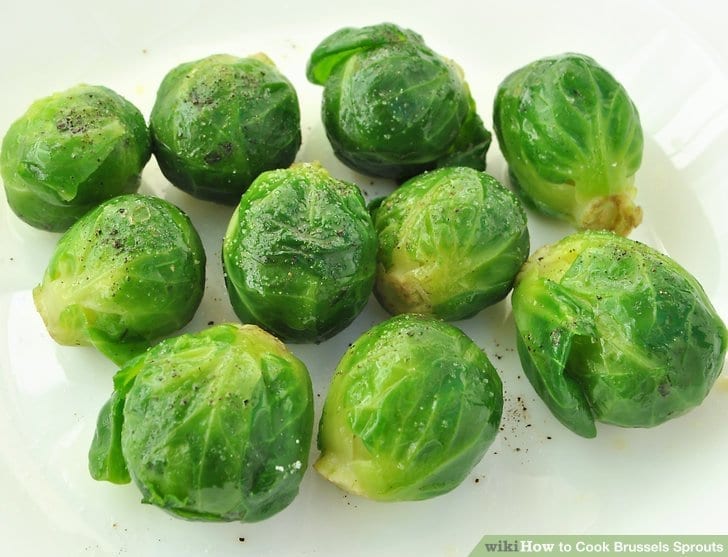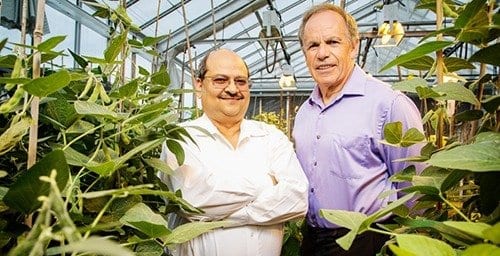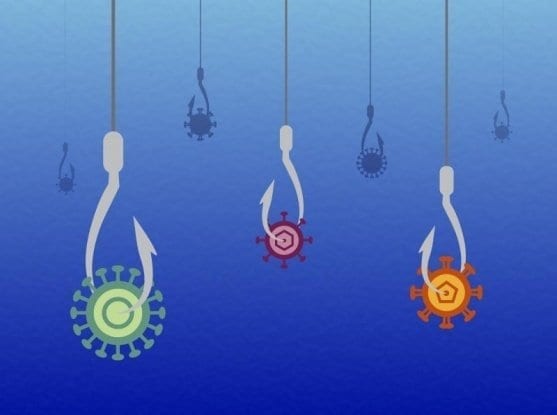
An international team identifies the genes that make plants resistant to the pathogen that attacks Brassicaceae crops around the world
From Brussels, China or Milan. “Surnames” apart, cabbages are currently cultivated throughout the entire planet. Like them, many other plants of the Brassicaceae family such as cauliflower, broccoli, cabbage and even mustard – yes, oddly enough, and different their flavor, a Brussels sprout and a mustard seed belong to the same family – have a common enemy: white rust, at least, a type of it. Specifically, Brassicaceae are threatened by the disease caused by a pathogen called Albugo candida, which, without being so, operates exactly the same as fungi, that is, extending in conditions of adequate humidity and temperature and phagocytosing the nutrients of the plants it attacks.
Without being lethal, the disease is quite common and is identified by the appearance on the leaves of a kind of white pustules that change color to give a brown appearance that deteriorates the affected part leaving it useless for consumption. The similarity with fungi has favored that treatments against this type of white rust repeat models designed as fungicide treatments. However, the need to find long-term solutions that avoid reducing the harvest has put the international scientific community to work.
The journal Proceedings of the National Academy of Sciences of the United States of America (PNAS) today publishes the work of a team composed of researchers from 8 European universities and research centers led by the Sainsbury Laboratory in Norwich (United Kingdom) and among the that is Amey Redkar, researcher of the Department of Genetics of the University of Córdoba. A team that has managed to identify multiple genes of resistance to Albugo candida. They are genes of the “nucleotide-binding leucine richrepeats” (NLR) type and have been identified using a standard model plant in plant biotechnology laboratories: Arabidopsisthaliana, which allows the extrapolation of results to other crops. In fact,
It is, then, a new achievement of basic research with clear biotechnological applications. A line of work in which the research team in which Amey Redkar is currently working and headed by the professor of Genetics at the University of Córdoba Antonio Di Pietro has specialized. Specifically, Redkar is part of the Foundation project, funded by the European Union program “Marie Sklodowska-Curie Actions”, which aims to study the mechanisms of infection of Fusarium oxysporum, an important pathogenic fungus that causes vascular wilt in more than one hundred cultivated species. Among these are tomato and plantain, specifically, the UCO team intends to identify new mechanisms of infection that serve as targets to reduce the damages caused by this pathogenic species.
Learn more: Biotechnology to the rescue of Brussels sprouts
The Latest on: Brassicaceae crops
[google_news title=”” keyword=”brassicaceae crops” num_posts=”10″ blurb_length=”0″ show_thumb=”left”]
via Google News
The Latest on: Brassicaceae crops
- 5 Types of Cabbage You’ll Find at the Grocery Store—and the Best Ways to Use Themon April 22, 2024 at 7:48 am
"They're also classified as cole crops, or cruciferous vegetables, and are cultivated relatives of the wild mustard plant," says Riley Davies, produce category manager, Misfits Market. High in ...
- Field trials planned in Italy with rice plants obtained from new genetic engineeringon April 22, 2024 at 7:34 am
If you like what we do, please help us do more. You can donate via Paypal or credit/debit card. Some of you have opted to give a regular donation. We greatly appreciate that as it helps place us on a ...
- How to Grow Turnips in Your Garden, Plus Tips for Planting and Harvestingon April 12, 2024 at 5:00 am
Turnips are an easy-to-grow cool-season vegetable that produces a crop of cold-hardy, edible greens and a root that can be eaten raw, cooked, or pickled. Turnips are a form of Brassica rapa, the same ...
- Why Sage And Garlic Aren't Friendly In The Gardenon December 19, 2023 at 8:37 pm
This is because the soil contains nutritional resources that both the garlic and these herbs need, which means there won't be enough to go around and may result in an inadequate crop at harvest ...
via Bing News










